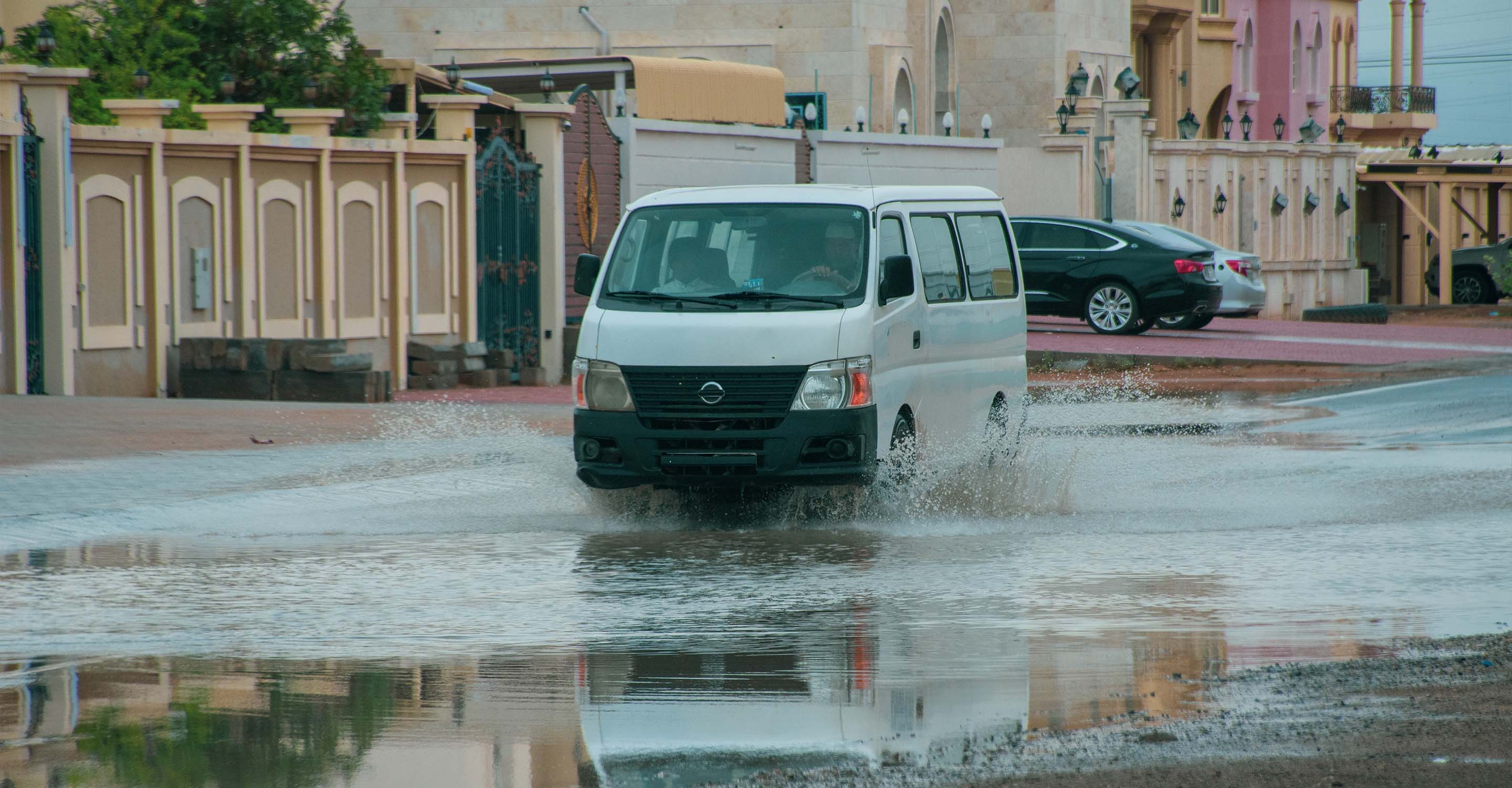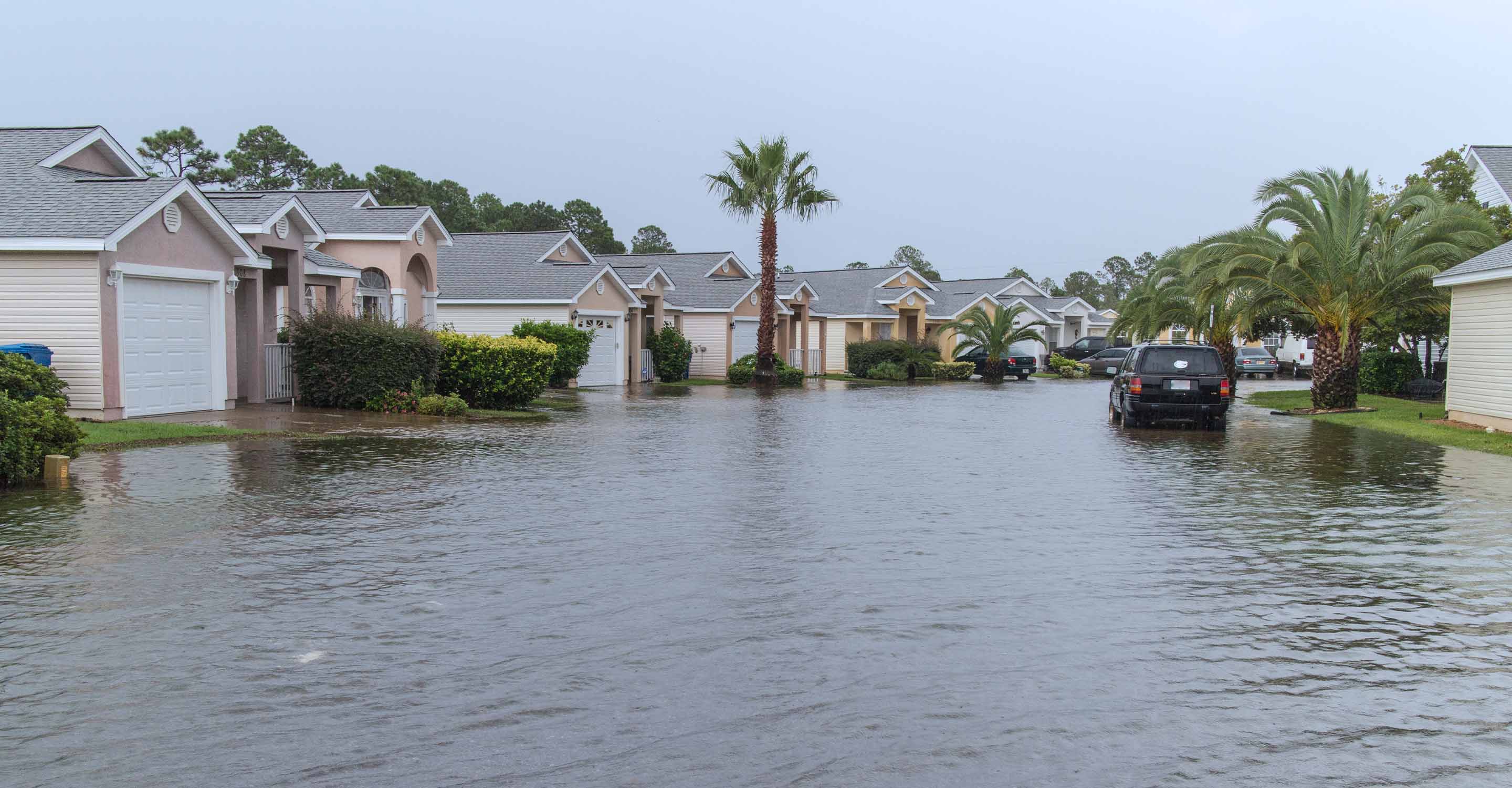Air quality in Nanyang
Air quality index (AQI) and PM2.5 air pollution in Nanyang
3.3K people follow this city

Nanyang Air Quality Map
Real-time Nanyang air pollution map
Weather
What is the current weather in Nanyang?
| Weather | Broken clouds |
| Temperature | 75.2°F |
| Humidity | 51% |
| Wind | 1.1 mp/h |
| Pressure | 29.8 Hg |
live aqi city ranking
Real-time China city ranking
| # | city | US AQI |
|---|---|---|
| 1 | Tieling, Liaoning | 256 |
| 2 | Baoji, Shaanxi | 199 |
| 3 | Harbin, Heilongjiang | 192 |
| 4 | Siping, Jilin | 187 |
| 5 | Mudanjiang, Heilongjiang | 184 |
| 6 | Liaoyuan, Jilin | 181 |
| 7 | Jilin, Jilin | 179 |
| 8 | Dashiqiao, Liaoning | 165 |
| 9 | Fuxin, Liaoning | 165 |
| 10 | Changchun, Jilin | 162 |
(local time)
SEE WORLD AQI RANKING3D animated air pollution map

live Nanyang aqi ranking
Real-time Nanyang air quality ranking
| # | station | US AQI |
|---|---|---|
| 1 | Han hua guan | 122 |
| 2 | Wolong District Government | 114 |
| 3 | Institute of Technology | 107 |
| 4 | Weather station | 97 |
| 5 | Wafangzhuang | 95 |
(local time)
SEE WORLD AQI RANKINGUS AQI
107
live AQI index
Unhealthy for sensitive groups
Overview
What is the current air quality in Nanyang?
| Air pollution level | Air quality index | Main pollutant |
|---|---|---|
| Unhealthy for sensitive groups | 107 US AQI | PM2.5 |
| Pollutants | Concentration | |
|---|---|---|
| PM2.5 | 38µg/m³ | |
| PM10 | 66µg/m³ | |
| O3 | 106µg/m³ | |
| NO2 | 10µg/m³ | |
| SO2 | 5µg/m³ | |
| CO | 600µg/m³ | |
PM2.5
x7.6
PM2.5 concentration in Nanyang is currently 7.6 times the WHO annual air quality guideline value
Health Recommendations
What is the current air quality in Nanyang?
| Reduce outdoor exercise | |
| Close your windows to avoid dirty outdoor air GET A MONITOR | |
| Sensitive groups should wear a mask outdoors GET A MASK | |
| Run an air purifier GET AN AIR PURIFIER |
Forecast
Nanyang air quality index (AQI) forecast
| Day | Pollution level | Weather | Temperature | Wind |
|---|---|---|---|---|
| Wednesday, Apr 17 | Moderate 75 AQI US | 75.2° 60.8° | ||
| Thursday, Apr 18 | Moderate 78 AQI US | 77° 55.4° | ||
| Friday, Apr 19 | Moderate 71 AQI US | 62.6° 57.2° | ||
| Today | Unhealthy for sensitive groups 107 AQI US | 75.2° 55.4° | ||
| Sunday, Apr 21 | Unhealthy for sensitive groups 123 AQI US | 78.8° 59° | ||
| Monday, Apr 22 | Unhealthy for sensitive groups 120 AQI US | 75.2° 59° | ||
| Tuesday, Apr 23 | Moderate 82 AQI US | 78.8° 59° | ||
| Wednesday, Apr 24 | Unhealthy for sensitive groups 107 AQI US | 77° 57.2° | ||
| Thursday, Apr 25 | Unhealthy for sensitive groups 111 AQI US | 80.6° 59° | ||
| Friday, Apr 26 | Unhealthy for sensitive groups 108 AQI US | 82.4° 62.6° |
Interested in hourly forecast? Get the app
AIR QUALITY ANALYSIS AND STATISTICS FOR Nanyang
What is the level of air pollution in Nanyang city?
Nanyang is a prefecture-level city in the southwest of Henan province, China. In 2018 a census estimated the population to be around 10 million inhabitants, out of which almost 2 million live in the metropolitan districts of Wolong and Wancheng. The city is located in the Nanyang Basin, which is part of a region in Central China that lies in the gap between the eastern end of the Qin Mountains and the source of the Huai River. To the north of the city lies Mount Du which is famous for some Jade carvings.
In the second quarter of 2021, Nanyang was experiencing a period of air that was classified as being “Unhealthy for sensitive groups” with a US AQI reading of 117. This is in accordance with recommendations by the World Health Organisation (WHO).
Several factors are considered when establishing these different classifications but six main pollutants are measured and these figures can then be used as a benchmark when comparing air quality in different places. The concentration levels of these pollutants in Nanyang were as follows: PM2.5 - 42 µg/m³, PM10 - 77 µg/m³, ozone (O3) - 30 µg/m³, nitrogen dioxide (NO2) - 33 µg/m³, sulphur dioxide (SO2) - 8 µg/m³ and carbon monoxide (CO) - 800 µg/m³.
Does the level of air pollution in Nanyang vary throughout the year?
Because air pollution is subject to many variants, it can easily change within a few hours. The latest figures have now been released for 2020 by the Swiss company IQAir.com. It can clearly be seen that the level of air pollution is affected by the seasons. During the warmer summer months from May until the end of September, Nanyang went through a period of “Moderate” air quality with readings between 12.1 and 35.4 µg/m³. During spring and autumn, the quality was worse. March and April saw readings of 48.2 and 38.8 µg/m³ respectively which classified it as being “Unhealthy for sensitive groups”. October returned a figure of 48.9 µg/m³. The colder months of winter saw a further deterioration in air quality when the classification level was “Unhealthy” with figures between 55.5 and 150.4 µg/m³.
Records of air quality were first recorded in 2017 when the annual average figure was 57.1 µg/m³ which is classed as being “Unhealthy”. Levels were worse during the following year with a reading of 60.6 µg/m³. In 2019 air quality was about the same with a recorded level of 60 µg/m³. An improvement was seen in 2020 when the level was 51.4 µg/m³ but this could be artificially lower because of the restrictions imposed because of the COVID-19 pandemic which restricted the movement of private vehicles and suspended some industrial activity.
What are the sources of air pollution in Nanyang?
Air pollution may be generated locally, but it can spread over long distances, sometimes across continents through international weather patterns.
No one is immune from this kind of pollution. Air pollution comes from five main human activities. These pollution sources emit various substances, including carbon monoxide, carbon dioxide, nitrogen dioxide, nitrogen oxides, ground-level ozone, particulate matter, sulphur dioxide, hydrocarbons, and lead, all of which are harmful to human health.
The main source of household air pollution is the burning of fossil fuels, wood and other biomass fuels indoors for cooking, heating and lighting.
In many countries, energy production is the main source of air pollution. Coal-fired power plants are the main cause of air pollution, and diesel generators are increasingly worrying in off-grid areas. In the chemical and mining industries, industrial processes and the use of solvents also pollute the air.
The global transportation sector accounts for nearly a quarter of energy-related carbon dioxide emissions, and this number is rising. Emissions from the transportation sector have been linked to the premature deaths of nearly 400,000 people. Nearly half of deaths caused by pollution in the transportation sector are caused by diesel emissions, and those who live closest to major transportation routes are 12 per cent more likely to be diagnosed with dementia.
Open burning of waste and organic waste in landfills releases harmful dioxins, furans, methane and black carbon into the atmosphere. It is estimated that 40 per cent of the world’s waste is burned in the open.
Not all air pollution comes from human activities. Volcanic eruptions, sandstorms, and other natural processes can also cause problems. Sandstorms are particularly worrying. The fine dust particles that follow sandstorms can travel thousands of miles, and sandstorms may also carry pathogens and harmful substances, causing acute and chronic respiratory diseases.
How can air pollution be reduced in Nanyang?
Governments of various countries can adopt and implement world-class environmental standards for clean fuel, clean and energy-efficient vehicles. Cities can establish a strong public transportation system and transportation planning, giving priority to walking, cycling, and public transportation. Companies can take direct action to reduce emissions and develop new technologies to help us live a cleaner and less wasteful life.
Factories that emit a large volume of toxic gases should consider using the desulphurisation process. In the absorption tower, the absorbent slurry is mixed with the flue gas, and the sulphur dioxide in the flue gas reacts chemically with the calcium carbonate (or calcium hydroxide) in the slurry and the blowing oxidising air so as to be removed, the final desulphurisation by-product is calcium sulphate dihydrate i.e. gypsum. The efficiency of this technology is more than 90 per cent and it is not expensive to operate, the operating cost is generally less than 1.5 cents/kWh.
What effects can air pollution in Nanyang have on human health?
The harm of air pollutants to the human body is multifaceted. The main manifestations are respiratory diseases and physiological dysfunction, as well as the irritation of mucous membrane tissues such as the eyes and nose. It is a chronic factor that causes asthma in the elderly, and lack of lung qi leads to a decline in physical strength.
When the concentration of pollutants in the atmosphere is high, it can cause acute pollution poisoning, or worsen existing symptoms, and even kill thousands of people within a few days. In fact, even if the concentration of pollutants in the atmosphere is not high, the human body breathing this polluted air for many months can cause chronic bronchitis, bronchial asthma, emphysema, lung cancer and other diseases.





